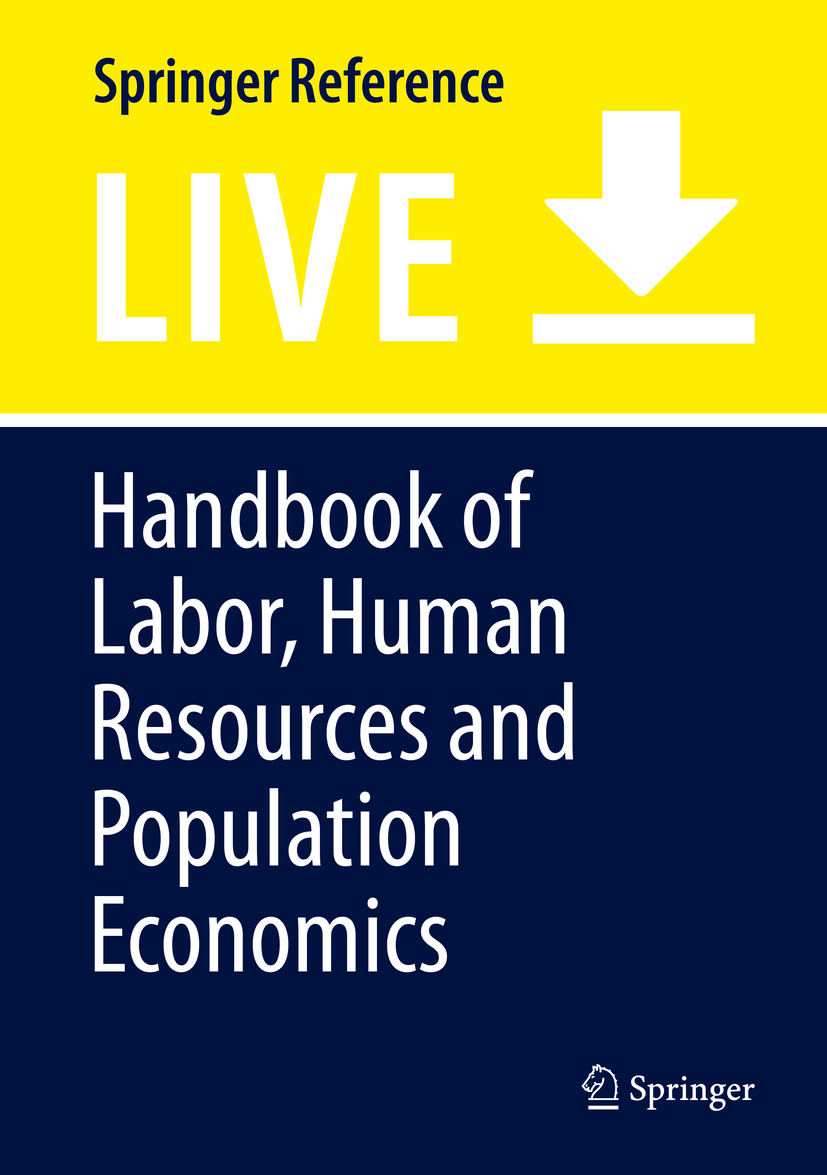
What are the consequences of choosing the vocational track over the general or academic track in upper secondary education? This review discusses the evidence for this. It first sets out the arguments for and against vocational education in the context of upper-secondary choices. Then it describes the main empirical challenges faced by researchers when trying to identify the causal effect of choosing vocational education at this stage. Studies on vocational education are discussed according to the empirical strategies used. This starts from the few using randomized assignment of applicants, then studies that have used quasi-experimental methods, and finally a few of those relying mainly on observational methods. Using a variety of methodologies, it has often been possible to consider labor market effects of undertaking the vocational track in the medium term (e.g., up to when individuals are in their thirties), with less evidence available on what happens much later than that. The overall picture is broadly positive up to this point – at least for students who are close to the margin of whether to choose the vocational or general track. An important direction for future research is to evaluate whether choosing the vocational track potentially exposes individuals to greater risk in the light of threats posed by technological change and automation. It is also important to understand more about the underlying skills delivered by different types of curricula, as the distinction between vocational and general programs is often too crude and varies considerably by country.
In: Zimmermann, K.F. (eds) Handbook of Labor, Human Resources and Population Economics, Springer, Cham.